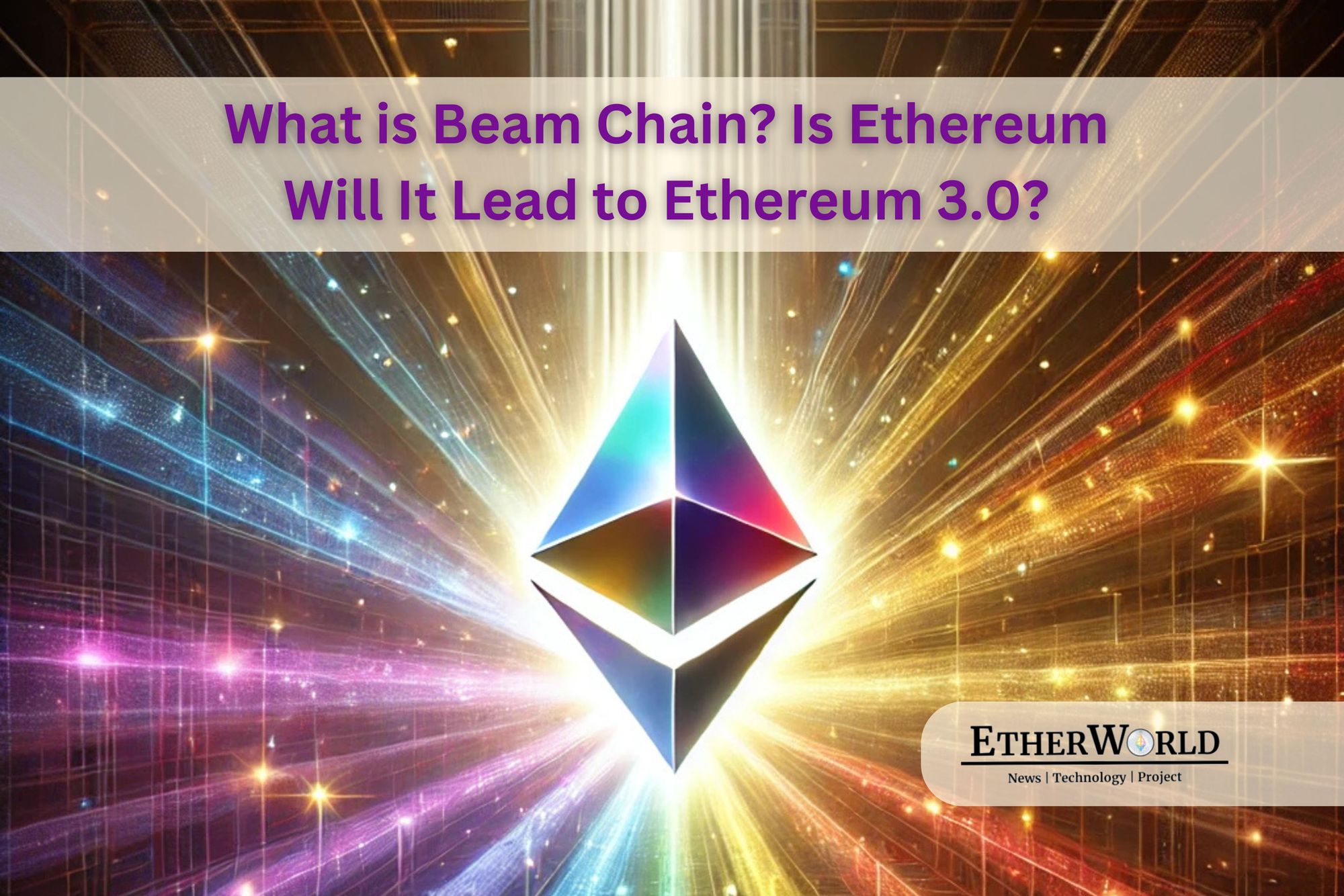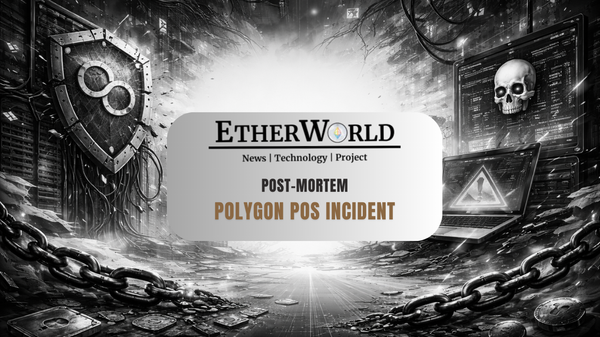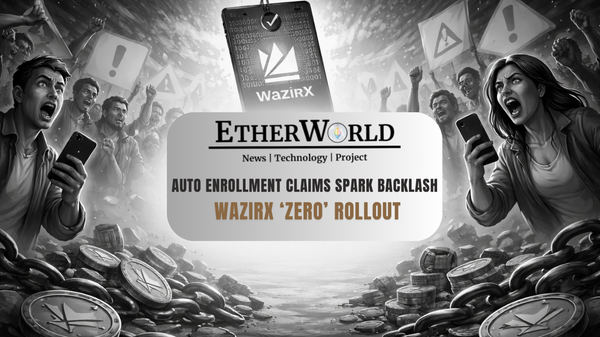What is Beam Chain?
Beam Chain is a big idea proposed by Ethereum researcher Justin Drake, aimed at overhauling Ethereum's consensus layer. Now, you might be wondering, what’s a consensus layer and why should we care about it? Well, the consensus layer is essentially the part of the Ethereum network that manages how transactions are processed and recorded. It’s responsible for making sure everyone agrees on what’s happening in the blockchain world.
Announcement of an announcement!
— Justin Ðrake ?? (@drakefjustin) November 11, 2024
Tomorrow at 5pm on the Devcon main stage I will unveil my most ambitious initiative to date. For one year I have been thinking about what a from-scratch redesign of the Ethereum consensus layer could look like. The goal is to suggest a credible…
As Ethereum has evolved, many things have changed, but the Beacon Chain—the heart of Ethereum’s consensus system—hasn't seen a major redesign in five years. And that’s where Beam Chain comes in. Drake's idea is to take all the cutting-edge research and breakthroughs that have happened in the last few years and bundle them into one large upgrade for Ethereum's consensus layer.
What’s Included in Beam Chain?
So, what’s actually going to change with Beam Chain? Here’s a rundown of the big ticket items it aims to address:
Faster Transactions (Faster Slots and Finality): Right now, when a block is added to Ethereum, it takes about 15 minutes for it to be finalized, meaning it’s considered permanent and unchangeable. But that can sometimes create opportunities for manipulation or delays in high-traffic applications, like exchanges. Beam Chain proposes to reduce that time, allowing for faster finality—meaning transactions could be permanent almost instantly. This could speed up everything from decentralized apps to large financial institutions using Ethereum.
Zero-Knowledge Proofs (ZK): Ethereum has seen a surge in the use of Layer-2 rollups, like Polygon and zkSync, which help scale Ethereum by processing transactions off-chain before bringing them back to Ethereum. Beam Chain plans to integrate Zero-Knowledge Proofs (ZK) directly into Ethereum’s main layer. This would allow Ethereum itself to handle ZK proofs natively, improving its scalability and privacy even further.
Improved Staking: Ethereum's move to proof-of-stake (PoS) made it more eco-friendly, but Beam Chain is looking to make staking even better. It proposes a system where you can stake as little as 1 ETH (compared to the current 32 ETH required for validator nodes), along with faster transaction finality.
Quantum Security: The blockchain world is constantly evolving, and with advancements in quantum computing, there’s a need to ensure Ethereum remains secure against future threats. Beam Chain is exploring “post-quantum” cryptographic techniques to keep Ethereum safe from these potential risks.
Why is This Important?
Beam Chain represents a major shift in how Ethereum could be structured in the future. It’s not just a minor upgrade; it’s a full redesign of Ethereum's consensus layer, tackling some of the most pressing issues like scalability, security, and efficiency. While the individual upgrades themselves aren’t brand new (many are already on the Ethereum roadmap), Beam Chain proposes to bundle them into one cohesive package, making Ethereum much more powerful and future-proof.
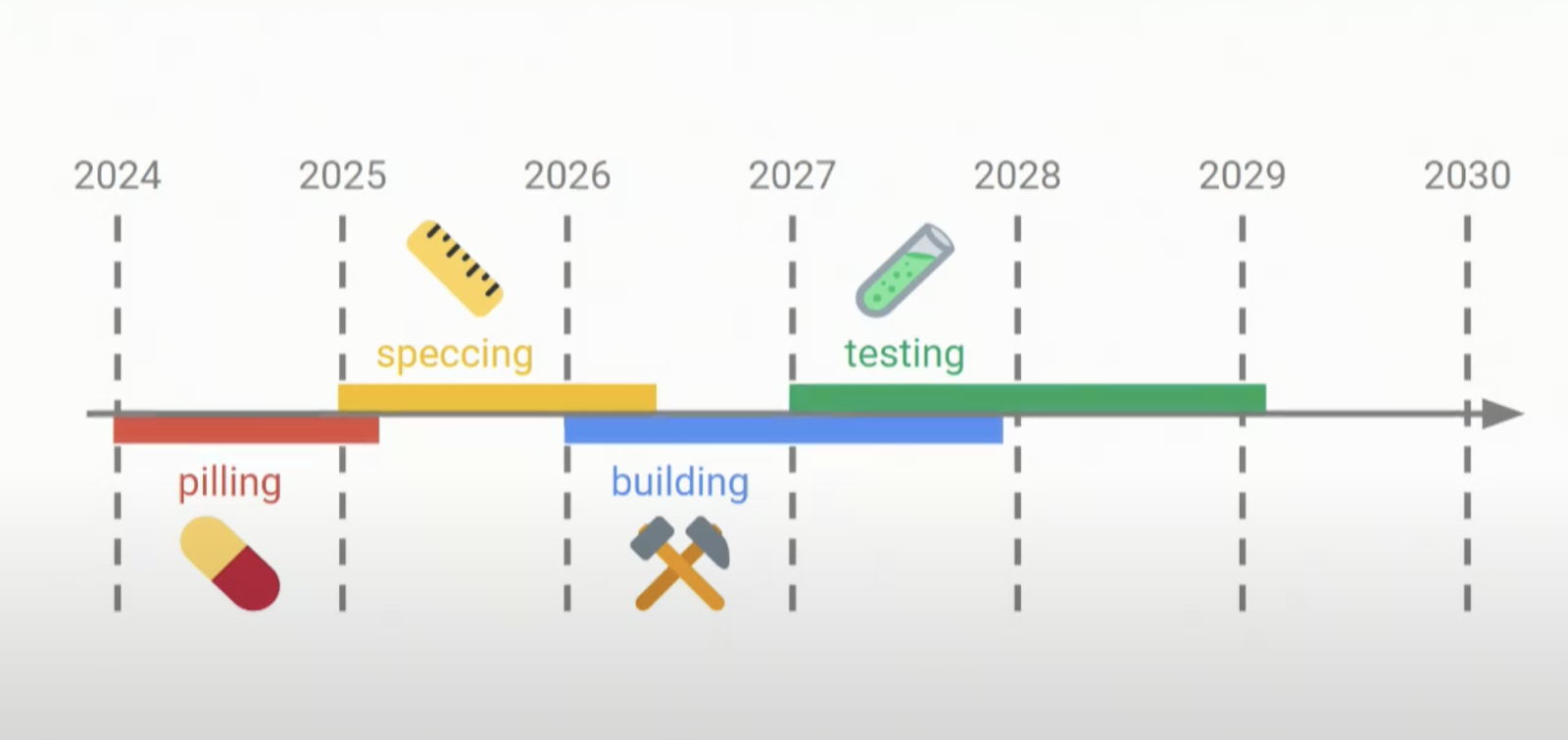
Will Beam Chain Lead to Ethereum 3.0?
Now, here’s where things get interesting. Many in the community have been eagerly asking: Does Beam Chain mark the beginning of Ethereum 3.0? After all, Ethereum 2.0 was a huge leap forward with the shift to proof-of-stake, and now we have Beam Chain, a major overhaul of the consensus layer.
But here’s the kicker—Justin Drake himself has been careful not to label Beam Chain as “Ethereum 3.0.” He even made it clear that Beam Chain only focuses on the consensus layer, not on the execution layer (where applications run) or the data layer.
So, while Beam Chain could be one of the most significant updates to Ethereum in years, calling it "Ethereum 3.0" might be jumping the gun. It’s still in the early stages, with a roadmap that suggests it could take several years to implement—possibly not until 2029, if not later.
The timeline and exact scope of Beam Chain remain uncertain. Ethereum has always been about gradual improvement, so it's hard to say if this will truly be the "next big thing" that leads to Ethereum 3.0. But one thing is for sure: Beam Chain is a step toward the next evolution of Ethereum, with the potential to dramatically enhance performance and security.
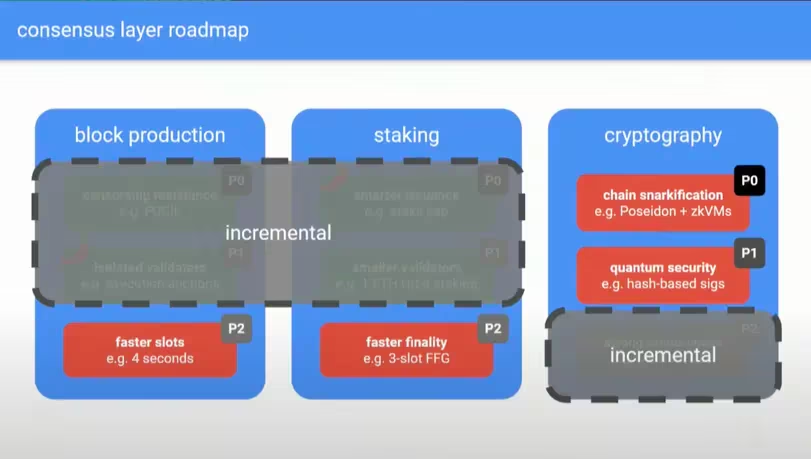
What's Next?
The proposal for Beam Chain is just starting to get attention, and there’s still a lot to discuss. Justin Drake’s talk at Devcon sparked a lot of buzz, but before any of this can move forward, there will be plenty of debate and community discussions.
Could Beam Chain be the next defining moment in Ethereum’s journey? And if so, what does that mean for Ethereum’s future and its eventual transition to a truly next-generation blockchain? That’s a question only time will answer—but it’s one we’ll be keeping a close eye on.
Stay tuned!
Disclaimer: The information contained in this website is for general informational purposes only. The content provided on this website, including articles, blog posts, opinions, and analysis related to blockchain technology and cryptocurrencies, is not intended as financial or investment advice. The website and its content should not be relied upon for making financial decisions. Read full disclaimer and privacy Policy.
For Press Releases, project updates and guest posts publishing with us, email to contact@etherworld.co.
Subscribe to EtherWorld YouTube channel for ELI5 content.
Share if you like the content. Donate at avarch.eth
You've something to share with the blockchain community, join us on Discord!


